The postpartum period: The time after birth
Your baby is finally here. Pregnancy and childbirth have taken a lot of energy and a subsequent rest is not only well-deserved, but also necessary. That’s what the hours, days and first weeks after the birth are for – the postpartum. In the weeks that follow, your uterus will recede, any injuries sustained during the birth will heal and your body and soul will regenerate. A special time begins in which the focus is on you and your baby, cuddling, relaxing and getting to know each other. But what exactly is the postpartum period ? What happens during the postpartum period ?
Postpartum Period – What does it look like?
The postpartum is the time after the birth. During this time, recovery processes take place, you get to know your baby and your body recovers from the pregnancy and birth.
The postpartum period usually lasts for the first 8 weeks after the birth. You should generally lie down a lot, if only to protect your pelvic floor and allow birth injuries to heal. It’s called postpartum for a reason. This doesn’t mean that you have to lie down for eight weeks, but you should spend the first seven to ten days in bed. In the week after that, you can always get up for a while. You will usually intuitively know when you want to go out again.
In addition to the physical changes, there are also psychological effects after the birth. It is completely normal if you sometimes feel alienated from your little treasure in the postpartum period and perhaps even desperate. Immediately after giving birth, there is a real hormonal crash, also known as the baby blues. If this lasts longer and is accompanied by a strong lack of interest in the child and a change in personality, you may be suffering from postpartum depression. Here you will find an overview of how you can differentiate between postpartum depression and the baby blues.
Despite all these challenges, the postpartum period offers you and your baby the wonderful opportunity to get to know each other and get used to each other. During this phase, you can rest and enjoy your time together. The postpartum period is ideal for lots of rest together, lots of cuddles in bed and allows you to find your own rhythm with your baby – without any stress.
Preparing for the Postpartum Period – Our Postpartum Checklist
During the postpartum period, you need one thing above all: rest and comfort. For this reason, it makes sense to prepare yourself a little. Below you will find a postpartum checklist to help you be optimally prepared for your postpartum. This will allow you to focus on what is really important: strengthening your bond with your baby, growing as a family and giving your body and yourself time to recover.
Our Postpartum Checklist:
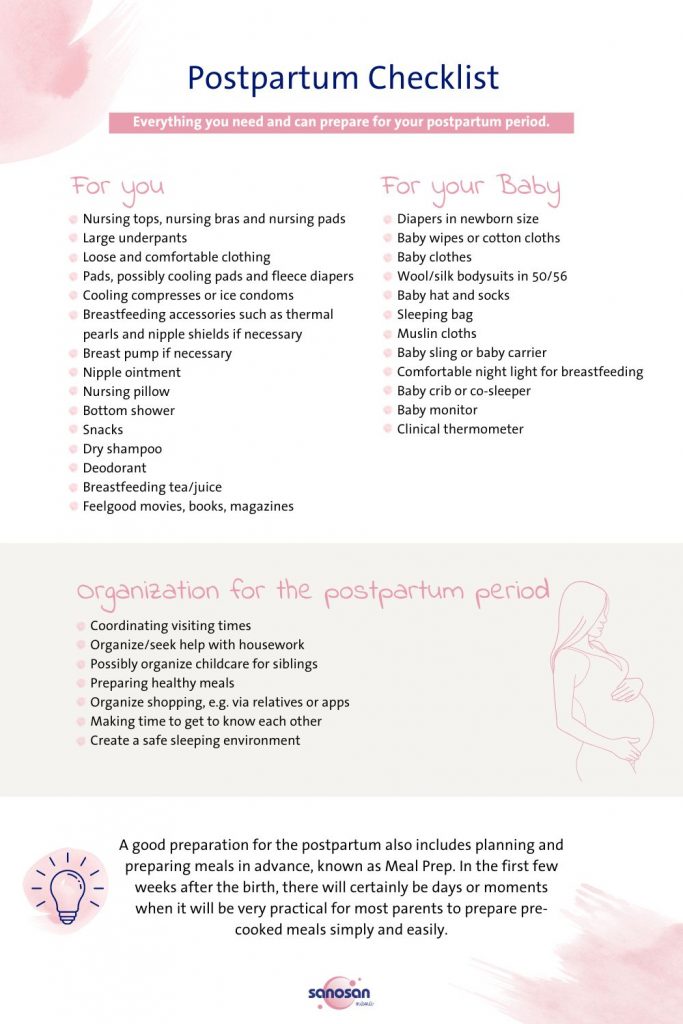
Postpartum Recovery
Postpartum recovery primarily refers to your physical healing after giving birth. Postnatal recovery begins all by itself, even in the first few days after the birth. This is because there are often afterpains. These are contractions of the uterus, which slowly contracts back to its normal size.
Postnatal recovery also includes the healing of all internal and external wounds, as well as the wound from a caesarean section. Here, cooling compresses or the ice condom can help to make healing a little easier for you.
You should wait until the stitches have healed, especially in the case of a caesarean section or a perineal tear. If the wounds and your state of health are okay according to the aftercare midwife, you can start with light postnatal exercises. For example, you can train the pelvic floor muscles or put one leg up after the other when standing up to challenge the lateral abdominal muscles. Postnatal recovery takes around nine months, which is just as long as pregnancy. So don’t put yourself under pressure and give your body enough time.
Midwife in the Postpartum Period
In Germany, a midwife will look after you in the postpartum period. Every mother is even entitled to this. This means that you have a contact person during the postpartum period who you can ask any questions you may have. Of course, it is ideal if you have already been cared for by a midwife before the birth. That way, she knows you and can better adapt your postnatal care to you.
The Postpartum Period after a Caesarean Section – Differences to the Postpartum Period after a Vaginal Birth
The postpartum period after a caesarean section (also known as an abdominal birth) is slightly different from that of a woman who has given birth vaginally. You often have to stay in hospital a little longer and can go home with your baby after 5 to 7 days. The reason for this is usually the wound caused by the caesarean section, which requires medical treatment and monitoring. You should take even more care of yourself in the postpartum period after a caesarean section. It is important, especially in the early postpartum period, to avoid even more physical strain and work. However, you don’t have to lie in bed for longer: getting up and making light movements is actually beneficial. Sometimes women who have had a caesarean section need help lifting and carrying the baby.
Postpartum Bleeding
Postpartum bleeding, also known as lochia, is a natural bleeding that occurs after your birth and is an important part of your body’s healing process – whether after a vaginal or abdominal birth.
As soon as the placenta detaches from the inner wall of your uterus, an uneven surface is created. This must heal before the normal uterine lining can build up again. Postpartum bleeding therefore serves to cleanse your wound surface.
Postpartum bleeding begins with a dark red color like your period (lochia ruba). It then becomes lighter and lighter and fades to a whitish or yellow discharge (lochia alba). You can find an overview here:
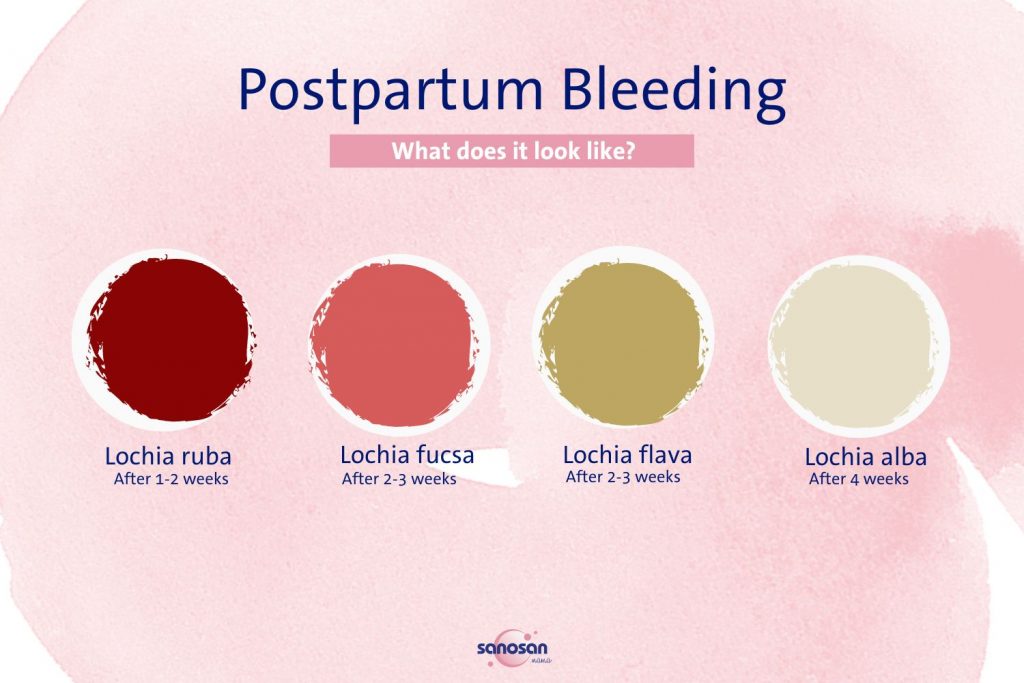
Postpartum Bleeding after a Caesarean
Regardless of whether you gave birth vaginally or by caesarean section, postpartum bleeding automatically begins immediately after giving birth.
Postpartum bleeding after a caesarean section is sometimes slightly weaker, but longer. In a caesarean section, the placenta is simply removed after the baby is born. The uterus is then usually freed of the blood that is still inside. This is why there is usually much less fresh bleeding after a caesarean section. However, as the uterine opening is not opened by the birth, postpartum bleeding after a caesarean section often lasts a little longer. However, there is no fixed rule here. It is therefore not really possible to predict how the postpartum bleeding will turn out after your caesarean section, as this is individual for each woman.
Visitors During the Postpartum Period
After the birth, friends and relatives usually can’t wait to see the baby for the first time or think they can take some of the work off your hands when they visit you. But don’t forget that you should recover in the postpartum period and that you and your baby should get to know each other first.
Think about who should support you in the first few weeks after the birth and what is good for you and your baby. The rule here is: only allow visitors if you and your baby feel like it – it doesn’t matter whether they are close relatives or friends. Even a grandma will understand if she has to wait a few days or even a week to get to know the little miracle. It’s not a bad thing to say “no” sometimes, because your well-being has top priority.
Most importantly, think of the postpartum as a kind of honeymoon – a time to start the new phase of your life together. Here you can let yourself be looked after and get to know your baby in peace.
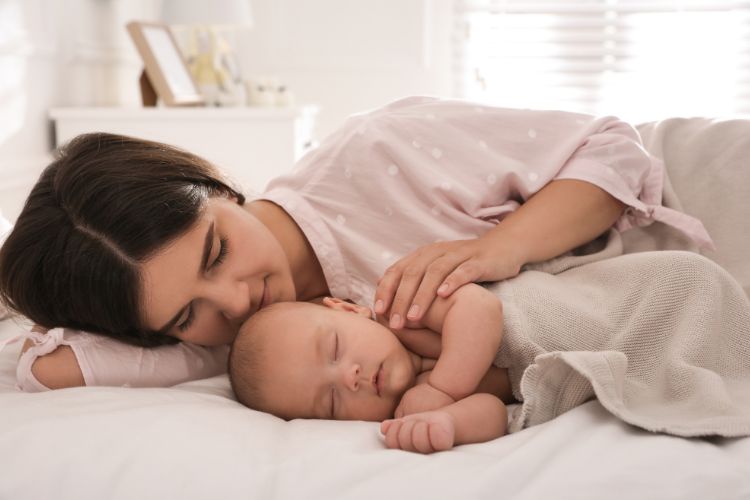
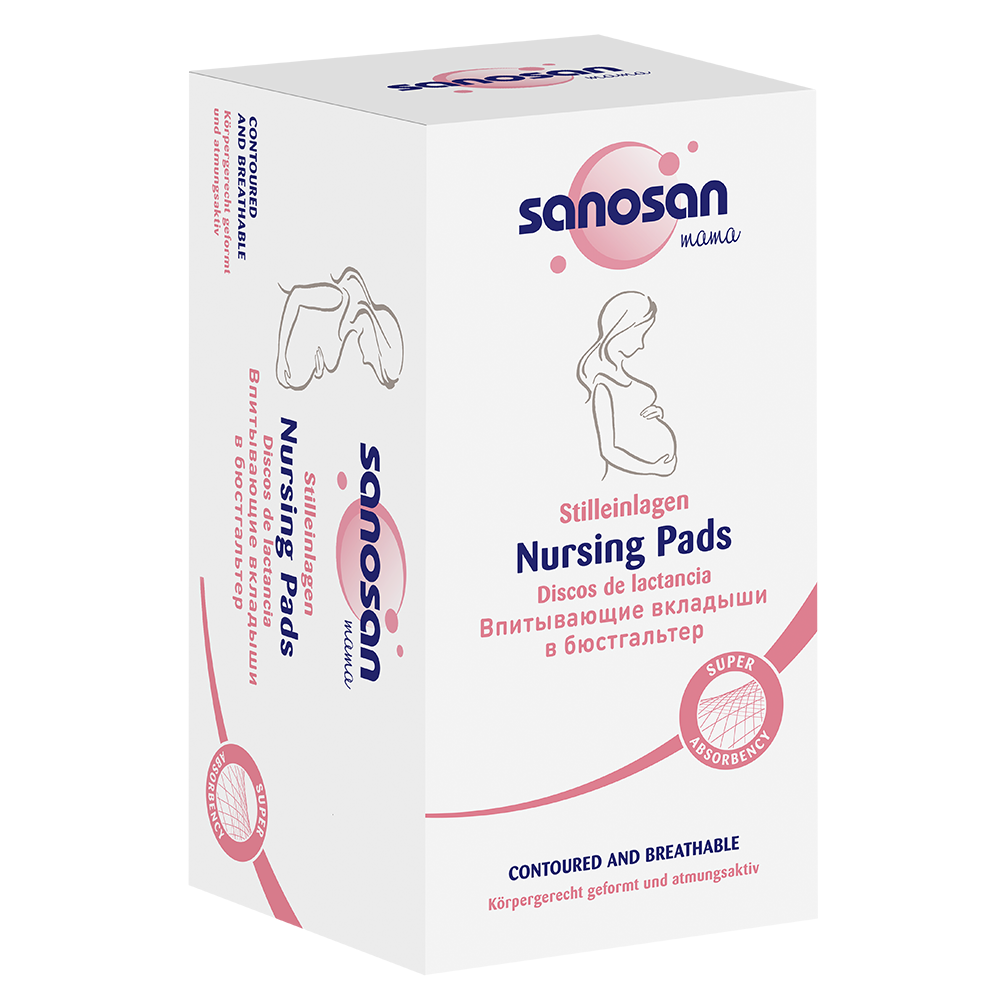
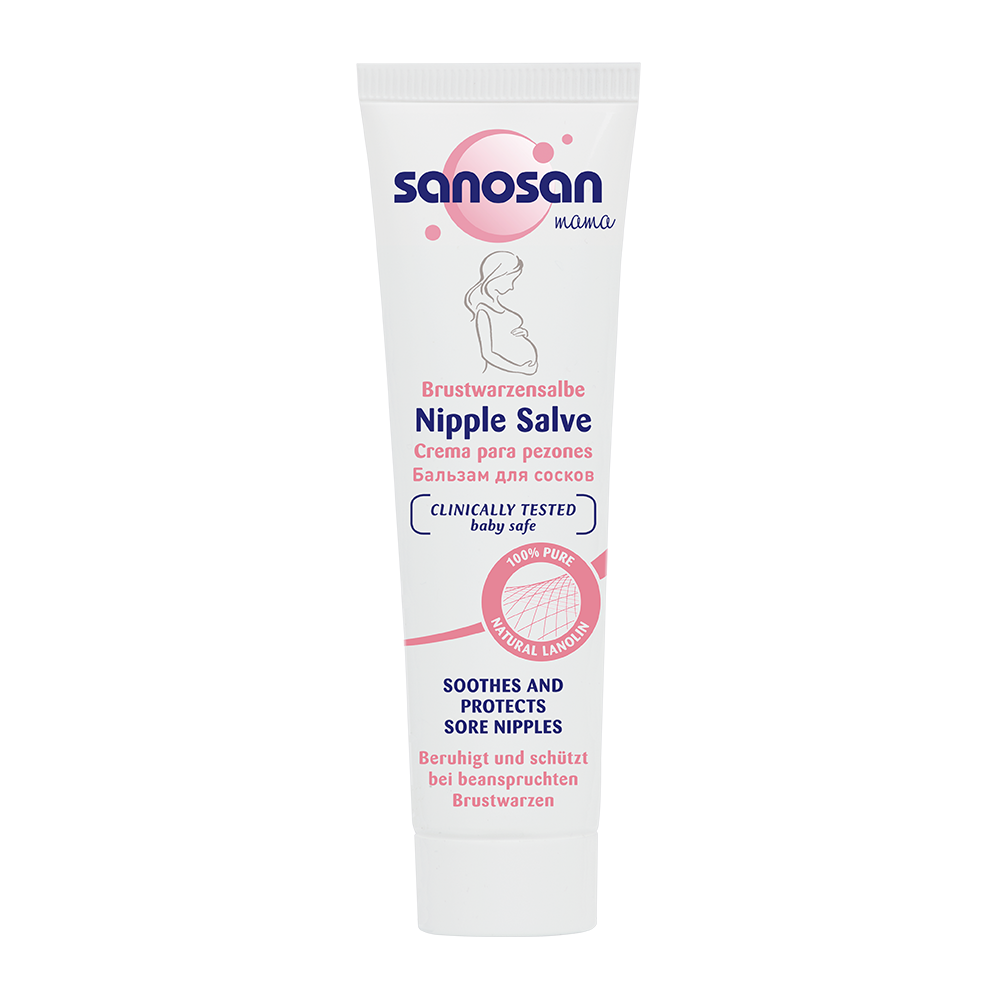
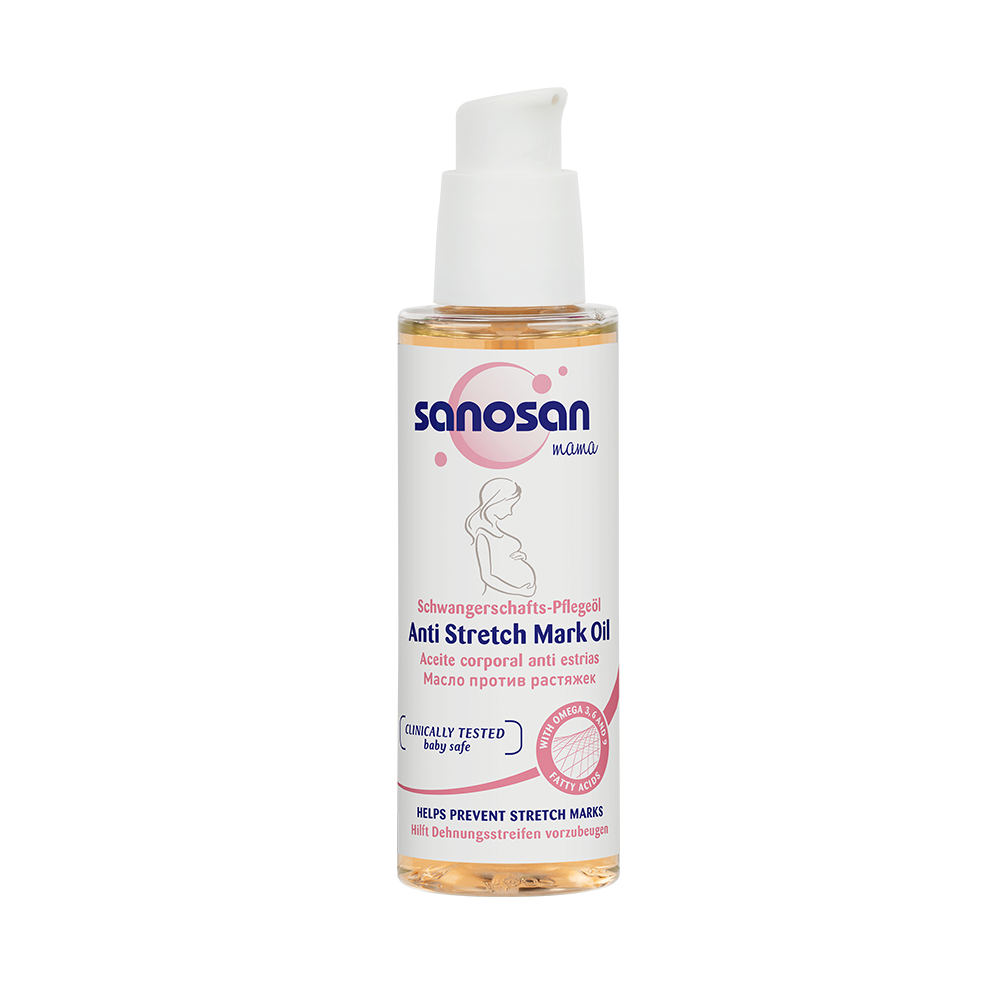
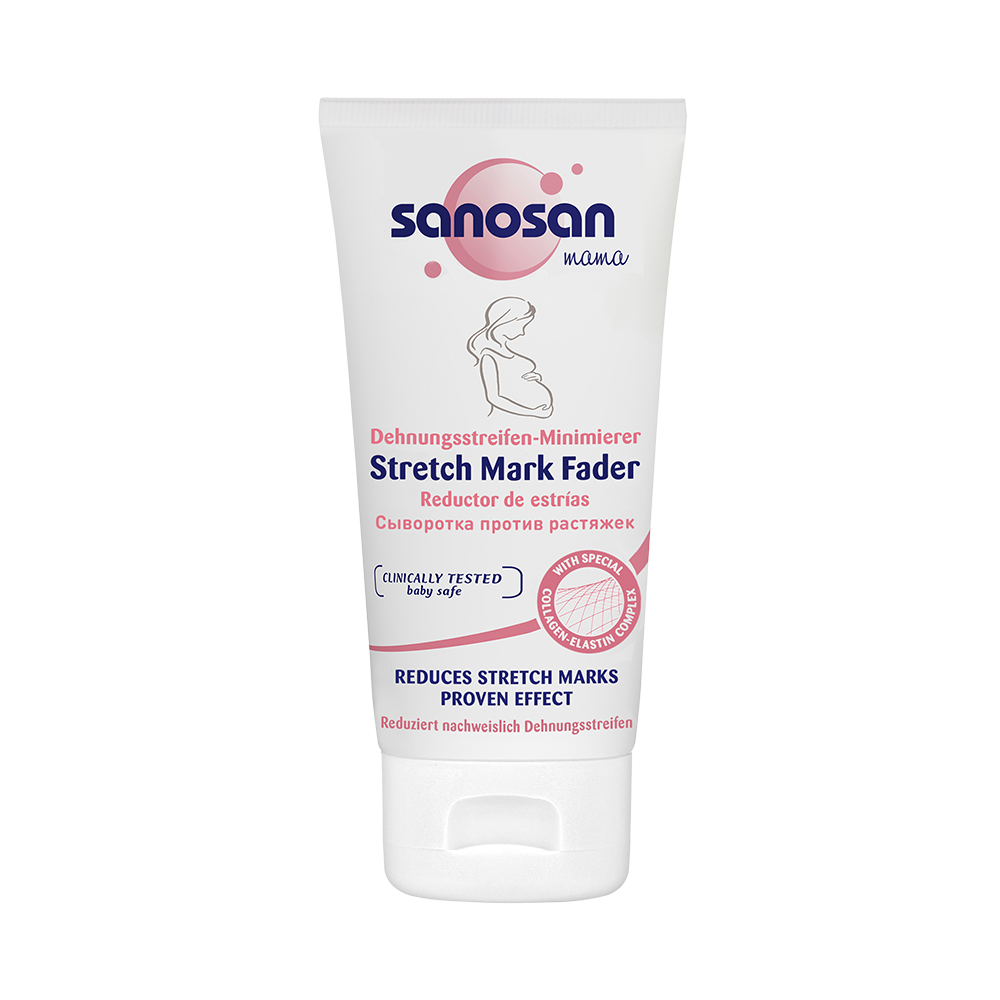
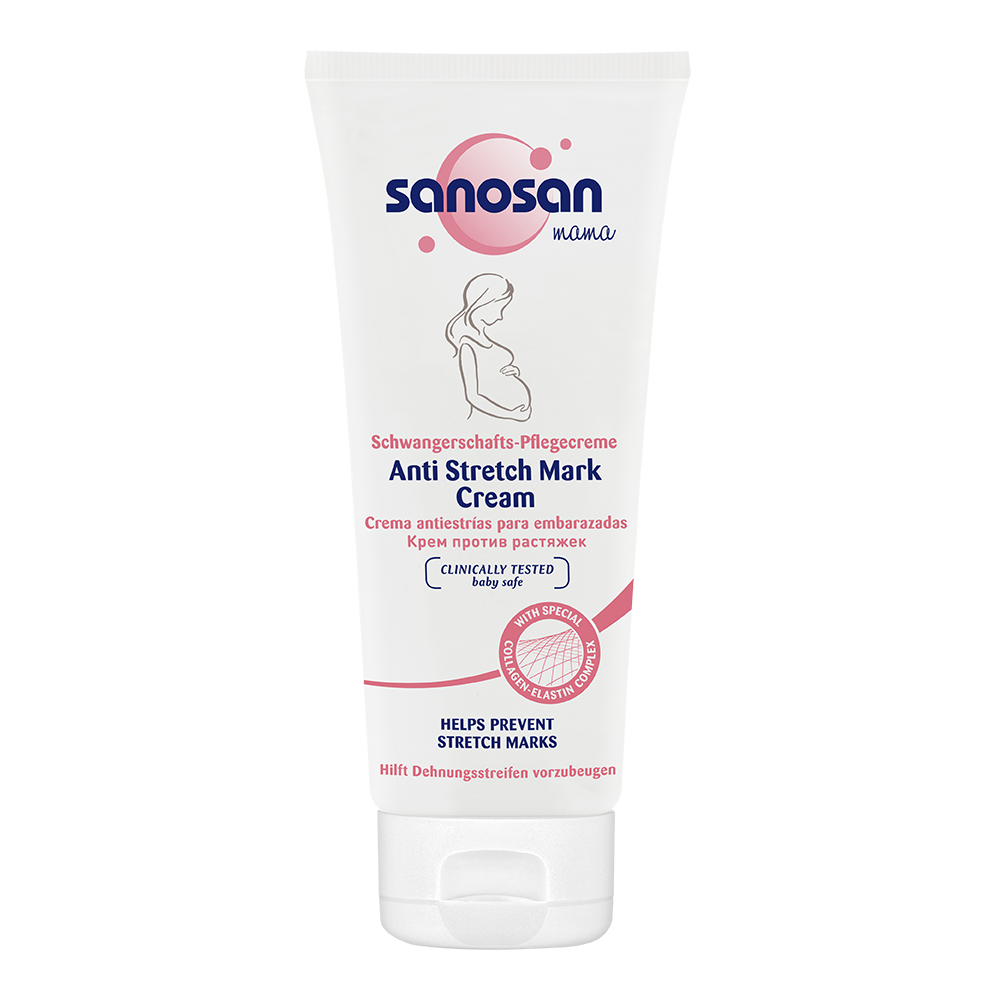


Comments (0)